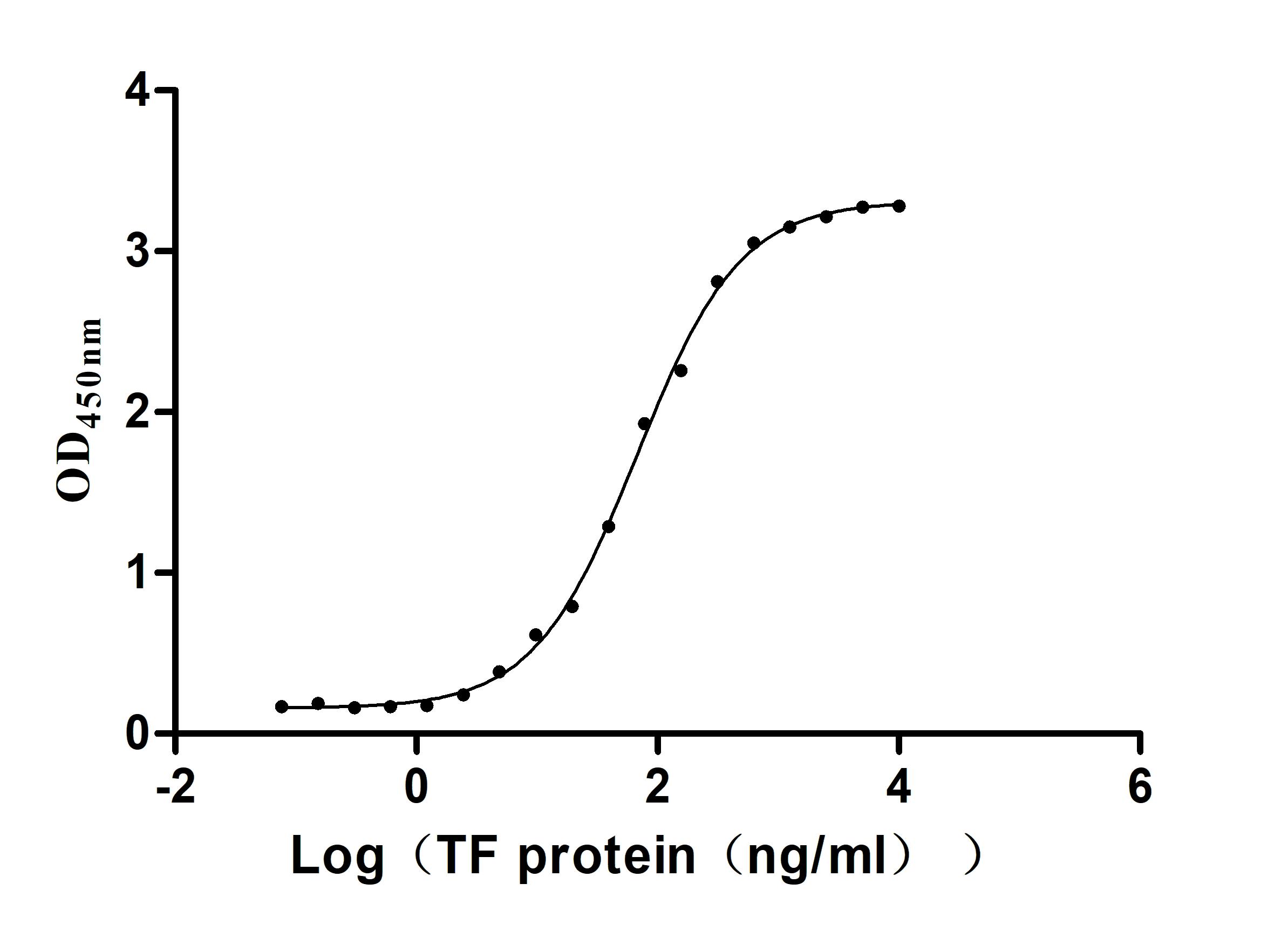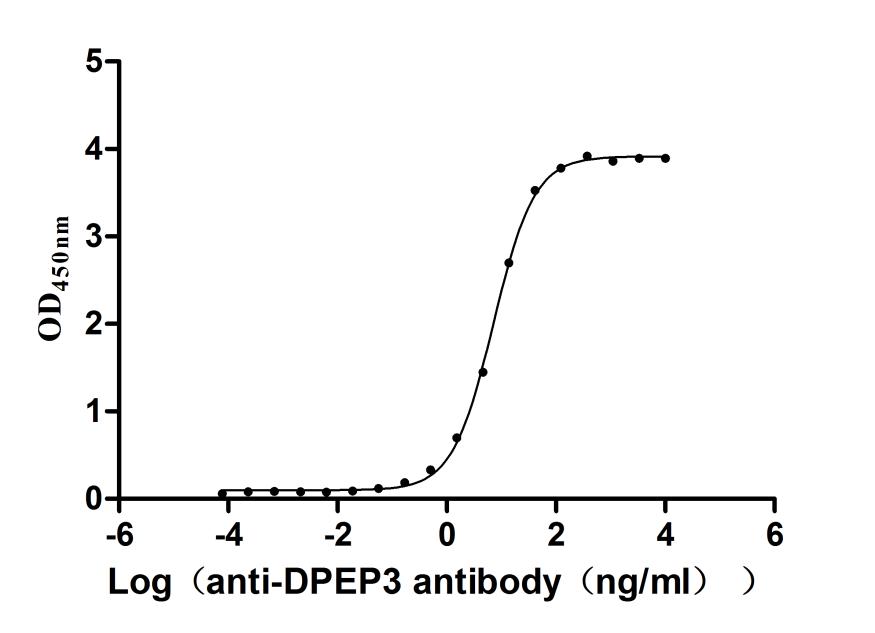Recombinant Arabidopsis thaliana Adagio protein 1 (ADO1), partial
-
中文名称:Recombinant Arabidopsis thaliana Adagio protein 1(ADO1) ,partial
-
货号:CSB-YP850089DOA
-
规格:
-
来源:Yeast
-
其他:
-
中文名称:Recombinant Arabidopsis thaliana Adagio protein 1(ADO1) ,partial
-
货号:CSB-EP850089DOA
-
规格:
-
来源:E.coli
-
其他:
-
中文名称:Recombinant Arabidopsis thaliana Adagio protein 1(ADO1) ,partial
-
货号:CSB-EP850089DOA-B
-
规格:
-
来源:E.coli
-
共轭:Avi-tag Biotinylated
E. coli biotin ligase (BirA) is highly specific in covalently attaching biotin to the 15 amino acid AviTag peptide. This recombinant protein was biotinylated in vivo by AviTag-BirA technology, which method is BriA catalyzes amide linkage between the biotin and the specific lysine of the AviTag.
-
其他:
-
中文名称:Recombinant Arabidopsis thaliana Adagio protein 1(ADO1) ,partial
-
货号:CSB-BP850089DOA
-
规格:
-
来源:Baculovirus
-
其他:
-
中文名称:Recombinant Arabidopsis thaliana Adagio protein 1(ADO1) ,partial
-
货号:CSB-MP850089DOA
-
规格:
-
来源:Mammalian cell
-
其他:
产品详情
-
纯度:>85% (SDS-PAGE)
-
基因名:ADO1
-
Uniprot No.:
-
别名:ADO1; FKL2; LKP1; ZTL; At5g57360; MSF19.2Adagio protein 1; Clock-associated PAS protein ZTL; F-box only protein 2b; FBX2b; Flavin-binding kelch repeat F-box protein 1-like protein 2; FKF1-like protein 2; LOV kelch protein 1; Protein ZEITLUPE
-
种属:Arabidopsis thaliana (Mouse-ear cress)
-
蛋白长度:Partial
-
蛋白标签:Tag type will be determined during the manufacturing process.
The tag type will be determined during production process. If you have specified tag type, please tell us and we will develop the specified tag preferentially. -
产品提供形式:Lyophilized powder
Note: We will preferentially ship the format that we have in stock, however, if you have any special requirement for the format, please remark your requirement when placing the order, we will prepare according to your demand. -
复溶:We recommend that this vial be briefly centrifuged prior to opening to bring the contents to the bottom. Please reconstitute protein in deionized sterile water to a concentration of 0.1-1.0 mg/mL.We recommend to add 5-50% of glycerol (final concentration) and aliquot for long-term storage at -20℃/-80℃. Our default final concentration of glycerol is 50%. Customers could use it as reference.
-
储存条件:Store at -20°C/-80°C upon receipt, aliquoting is necessary for mutiple use. Avoid repeated freeze-thaw cycles.
-
保质期:The shelf life is related to many factors, storage state, buffer ingredients, storage temperature and the stability of the protein itself.
Generally, the shelf life of liquid form is 6 months at -20°C/-80°C. The shelf life of lyophilized form is 12 months at -20°C/-80°C. -
货期:Delivery time may differ from different purchasing way or location, please kindly consult your local distributors for specific delivery time.Note: All of our proteins are default shipped with normal blue ice packs, if you request to ship with dry ice, please communicate with us in advance and extra fees will be charged.
-
注意事项:Repeated freezing and thawing is not recommended. Store working aliquots at 4°C for up to one week.
-
Datasheet :Please contact us to get it.
靶点详情
-
功能:Component of an E3 ubiquitin ligase complex that plays a central role in blue light-dependent circadian cycles. Acts as a blue light photoreceptor, due to the presence of FMN, that mediates light-regulated protein degradation of critical clock components by targeting them to the proteasome complex. The SCF(ADO1) E3 ubiquitin ligase complex is involved in the regulation of circadian clock-dependent processes including the transition to flowering time, hypocotyl elongation, cotyledons and leaf movement rhythms. APRR1/TOC1 and APRR5, but not 'GIGANTEA', are proteolytic substrates of this ubiquitin ligase complex. Blue light enhances cooperative stabilization of 'GIGANTEA' and ADO1/ZTL, leading to amplification and sharpening of the expression profile of APRR1/TOC1. ADO1/ZTL interacts with ADO3, preventing the interaction of ADO3 with CDF1.
-
基因功能参考文献:
- the potential roles of ZTL in thermal responses and stability of the circadian clock in plants, are reported. PMID: 29172942
- Data suggest that ZEITLUPE (ZTL) E3 ubiquitin ligase-mediated protein quality control contributes to the thermal stability of the circadian clock. PMID: 29061867
- The results reveal that ZTL complexes with circadian clock proteins independent of light, but dictates enhanced protein degradation in the dark. PMID: 28244872
- These data suggest the involvement of auxin and auxin-inducible genes in ZTL-mediated hypocotyl elongation. PMID: 26237185
- functions as a positive regulator in warmth-induced hypocotyl elongation under light PMID: 26039487
- The fast photocycle allows detection of the day-night transition facilitating circadian timing. ZTL kinetics reflect an evolutionary adaptation of the ZTL/FKF1/LKP2 family to function in distinct aspects of blue-light signaling. PMID: 24033190
- As the absence of either GI or ZTL compromises clock function and diminishes the protein abundance of the other, our results highlight how their reciprocal co-stabilization is essential for robust circadian oscillations. PMID: 24004949
- Mutations in the N terminus of ZTL interfere with binding to EBI. ZTL opposes the effects of EBI on circadian clock components during the day. PMID: 21300918
- The SCFZTL complex is characterized in detail. PMID: 15447654
- 11 new ztl alleles encompassing mutations in each of the ZTL protein domains are described. PMID: 16428597
- GIGANTEA is essential to establish and sustain oscillations of ZTL by a direct protein-protein interaction PMID: 17704763
- TOC1/PRR3 phosphorylation-dependent interaction may protect TOC1 from ZTL-mediated degradation, resulting in an enhanced amplitude of TOC1 cycling PMID: 18562312
显示更多
收起更多
-
亚细胞定位:Nucleus. Cytoplasm. Note=Nuclear after 9 hours of illumination (afternoon of long days). Cytoplasmic when plant have been subsequently grown 16 hours in light and 5 hours in dark (early morning of long days).
-
蛋白家族:ADAGIO family
-
组织特异性:Ubiquitously expressed with higher levels in cotyledons and leaves.
-
数据库链接:
Most popular with customers
-
Recombinant Mouse Semaphorin-4D (Sema4d), partial (Active)
Express system: Mammalian cell
Species: Mus musculus (Mouse)
-
Recombinant Human R-spondin-1 (RSPO1), partial (Active)
Express system: Mammalian cell
Species: Homo sapiens (Human)
-
Recombinant Human Lymphocyte antigen 6 complex locus protein G6d (LY6G6D) (Active)
Express system: Yeast
Species: Homo sapiens (Human)
-
Recombinant Macaca fascicularis Trophoblast glycoprotein (TPBG), partial (Active)
Express system: Mammalian cell
Species: Macaca fascicularis (Crab-eating macaque) (Cynomolgus monkey)
-
Recombinant Human Trophoblast glycoprotein (TPBG), partial (Active)
Express system: Mammalian cell
Species: Homo sapiens (Human)
-
Recombinant Human Claudin-6 (CLDN6)-VLPs, Fluorescent (Active)
Express system: Mammalian cell
Species: Homo sapiens (Human)
-
Recombinant Human Serotransferrin(TF) (Active)
Express system: Mammalian cell
Species: Homo sapiens (Human)
-
Recombinant Human Dipeptidase 3(DPEP3), partial (Active)
Express system: Mammalian cell
Species: Homo sapiens (Human)


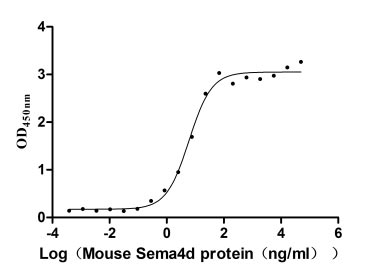
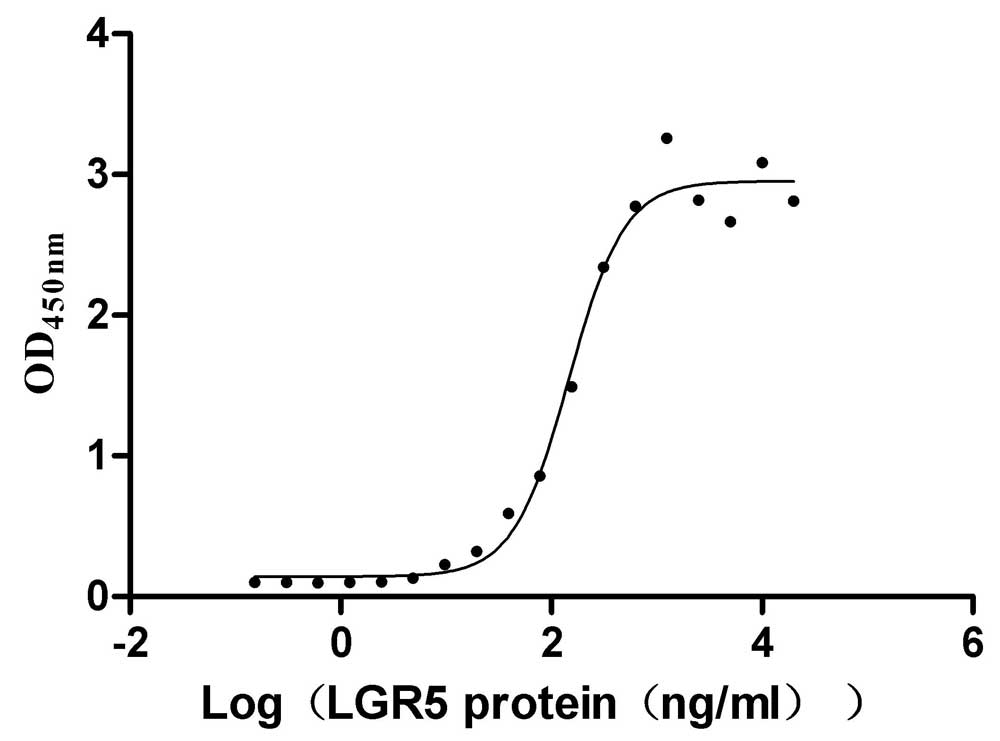
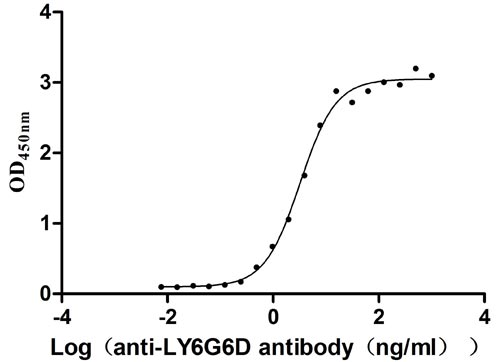
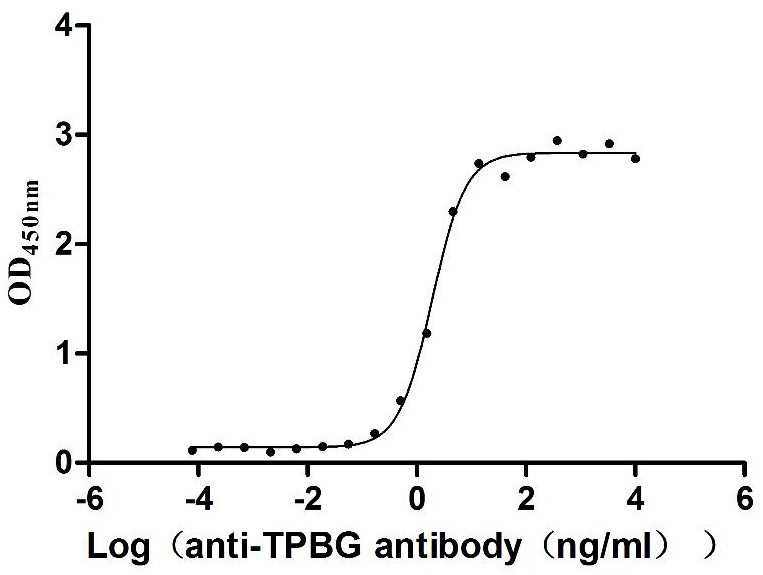
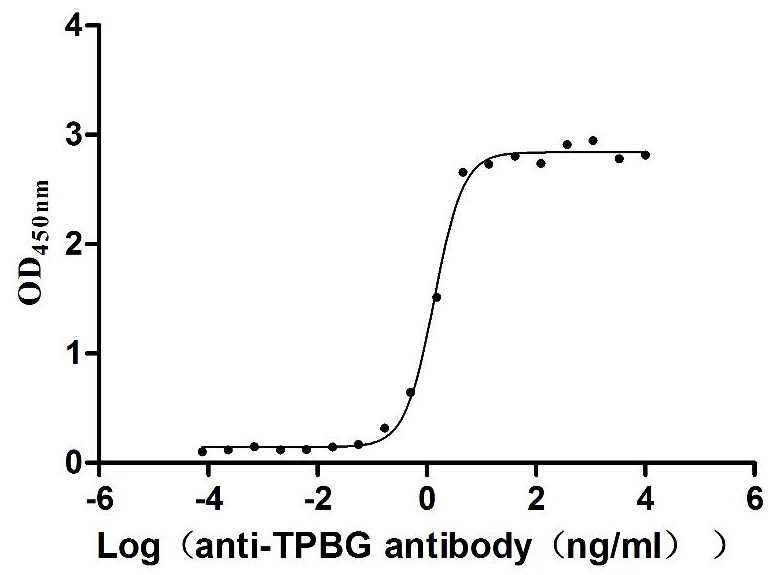
f4-AC1.jpg)
